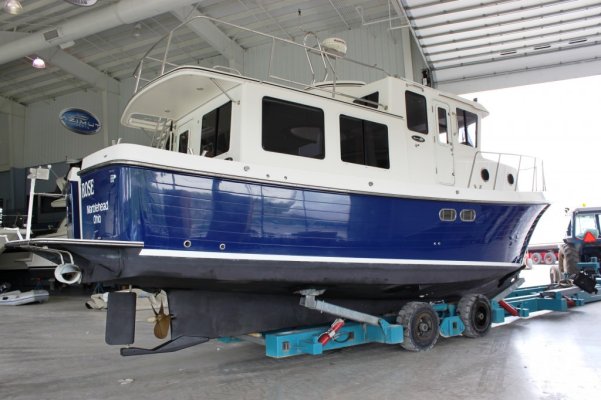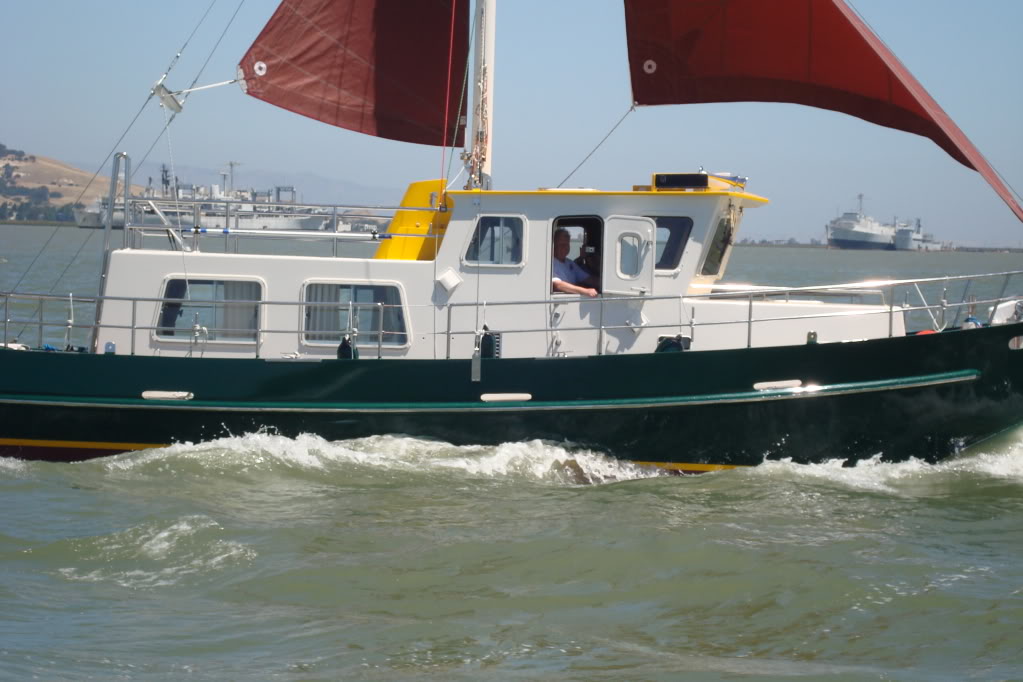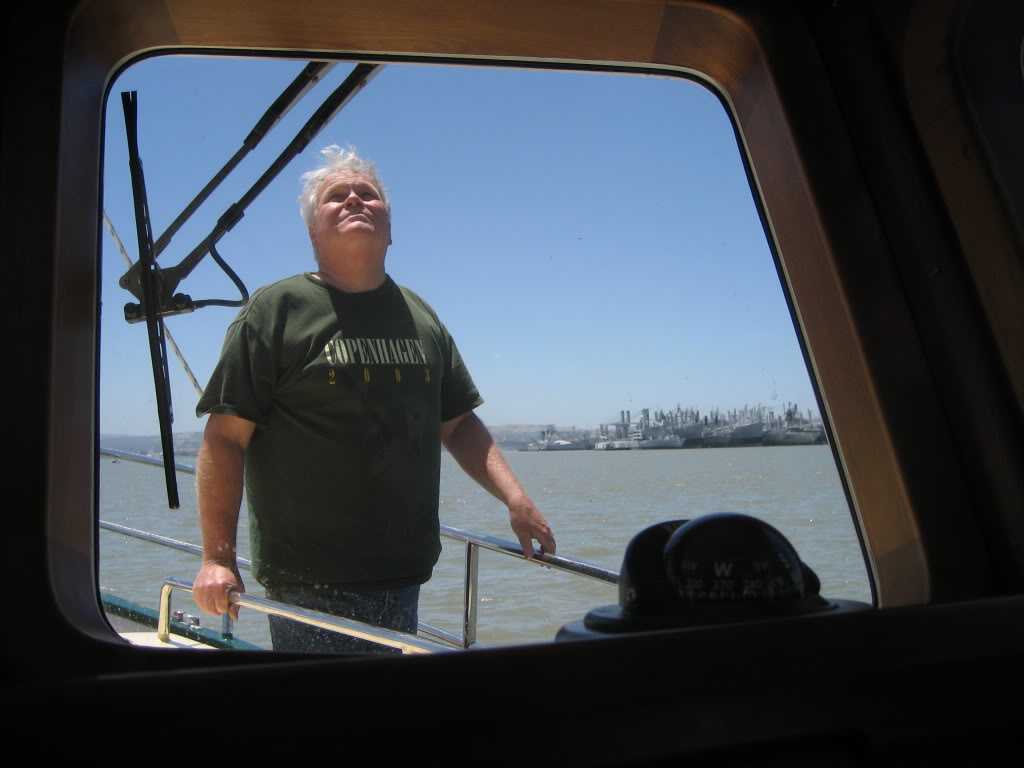I just attended by bi-anual water survival training. The training is conducted in a simluator that replicates a helicopter ditching into the sea. Due to the top heavy design of helicopters, upon entering the water, they capsize nearly 100% of the time, so the simulator rolls over just as soon as it hits the water. Unlike the simulator, an actual aircraft may not fill up full of water quite as rapidly. A boat, I would think, would be a little less water-tight and would probably flood quicker. This is to your advantage. The most important thing to consider is that if the vessel capsizes, you will end up on your feet innitially in an upside-down environment. Your emergency exits will be 180 degrees from where you expect them to be, and toward the ceiling.
In a ditching situation, occupants of the aircraft sort of know what to expect once it enters the water. We remain strapped into our seats throughout the entire inversion process, and only when things stabilize do we exit. A capsizing vessel is different as it happens so quickly. Occupants are likey to be VERY disoriented, and that is step number 1 towards panic. In seas rough enough to capsize your boat, all occupants will most likely be in PFD's. We have inflatable PFD's on the aircraft. We are taught not to inflate them until we are clear from the aircraft. That much bouyancy can trap you against the floor and prevent your escape. I keep inflatable PFD's on my boats. It's certainly much more important to be able to swim out of an elcosed space than it is to have bouyancy, so occupants inside the cabin shouldn't be wearing a PFD other than an inflatable.
It's a pretty scary scenario to imagine. So is fire. Once or twice a year, my family at least discusses our fire escape plan at home. We've practiced it, but we all felt sort of silly standing outside looking at the house in our pajamas! LOL! It's not a far-fetched idea to discuss all emergency procedures with your passengers. Fire, flooding, capsizing, etc. should all be things that each occupant has some idea of what to do. You're the captain. Your emphasis on safety and occasional review of emergency procedures should elliminate arguments, and will also instill some trustworthiness in the captain. Not to imply that your mates don't trust you! This idea just takes that trust to the next level. Assign specific duties too. If its just you and the Admiral on board, instruct her to man the first aid kit. Its something you will want to keep with you, just like a hand held VHF and Epirb. If she's got a job to do in an emergency, other than screaming, she will be more confident and focused on what's important instead of asking, "How did you let us get into this situation"?





